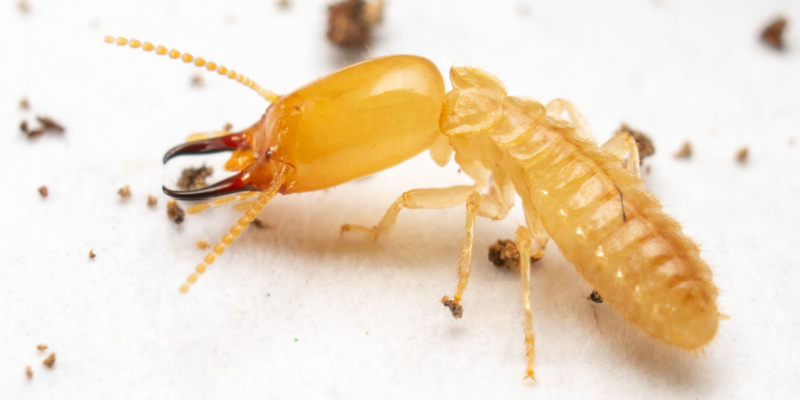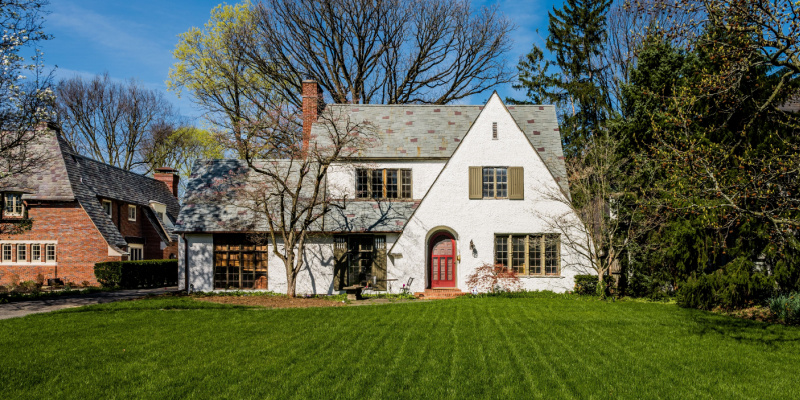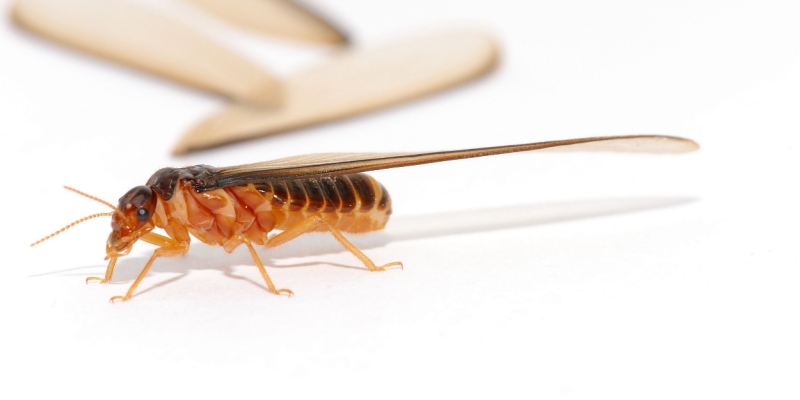Termites can cause significant damage to homes and buildings without being noticed until it’s too late. Their ability to feed on wood unnoticed for extended periods makes them a major threat to homeowners. These tiny pests feed on cellulose materials, such as wood, paper, and cardboard, commonly found in most households. The damage caused by termites can be costly and devastating for homeowners, making prevention and early detection crucial. This blog will explore the costly consequences of termite infestations.
1. Structural Damage
Termites primarily feed on cellulose, a key component of wood. As they tunnel through wooden structures, they weaken the integrity of the wood, compromising its strength. Over time, this can result in severe structural damage. Load-bearing beams, support columns, and wooden framing are particularly vulnerable. Repairing or replacing damaged structural components can be an extensive and costly undertaking.
2. Foundation Compromise
If termites infest the foundation of a building, they can cause substantial damage. Termites can tunnel through concrete or masonry to reach wooden elements of the structure, compromising the foundation’s stability. Repairing a damaged foundation requires specialized expertise and can involve excavation, reinforcing, and pouring new concrete, leading to substantial expenses.
3. Costly Repairs
Termite damage often goes unnoticed until it becomes severe. By the time homeowners discover the infestation, the termites have likely caused significant harm. Repairing termite damage may involve replacing entire sections of walls, floors, or roofs. This includes removing and disposing of infested materials, treating the area, and rebuilding. The costs associated with such extensive repairs can quickly add up.
4. Mold and Moisture Issues
Termites are attracted to moisture-damaged wood, creating a vicious cycle. As they feed on damp or decaying wood, they contribute to increased moisture levels, which can lead to mold growth. Addressing both termite damage and mold remediation can result in higher expenses due to the need for specialized treatments and repairs.
5. Reduced Property Value
A termite infestation can significantly diminish the value of a property. When potential buyers or appraisers discover termite damage, they may perceive the property as less desirable and accordingly lower their offer or valuation. Investing in professional termite control and prevention can help maintain the value of your property and prevent potential financial losses.
6. Ongoing Monitoring and Treatment
Once a property has experienced a termite infestation, ongoing monitoring and treatment are necessary to prevent future damage. Regular inspections and proactive termite control measures are essential to ensure the infestation does not reoccur.
7. Health Risks
While termites are not known to harm human health directly, the presence of an infestation can indirectly lead to potential health risks. As termites create tunnels and nests, they can disturb dust and allergens, aggravating respiratory conditions such as asthma or allergies. The costs associated with medical treatments and managing these health issues can further contribute to the overall expenses incurred by termite infestations.
Termites are not only a nuisance but also a significant financial threat. Being proactive in termite control and prevention is crucial to avoid these costly consequences. Remember, swift action and ongoing vigilance are the best ways to safeguard your home from the devastating effects of these silent destroyers. By taking preventative measures like regular inspections and treatments from Trio Pest Control, you can protect your home or business from the costly consequences of a termite infestation. Don’t wait until it’s too late; call Trio Pest Control today and safeguard your investment against these destructive pests.


